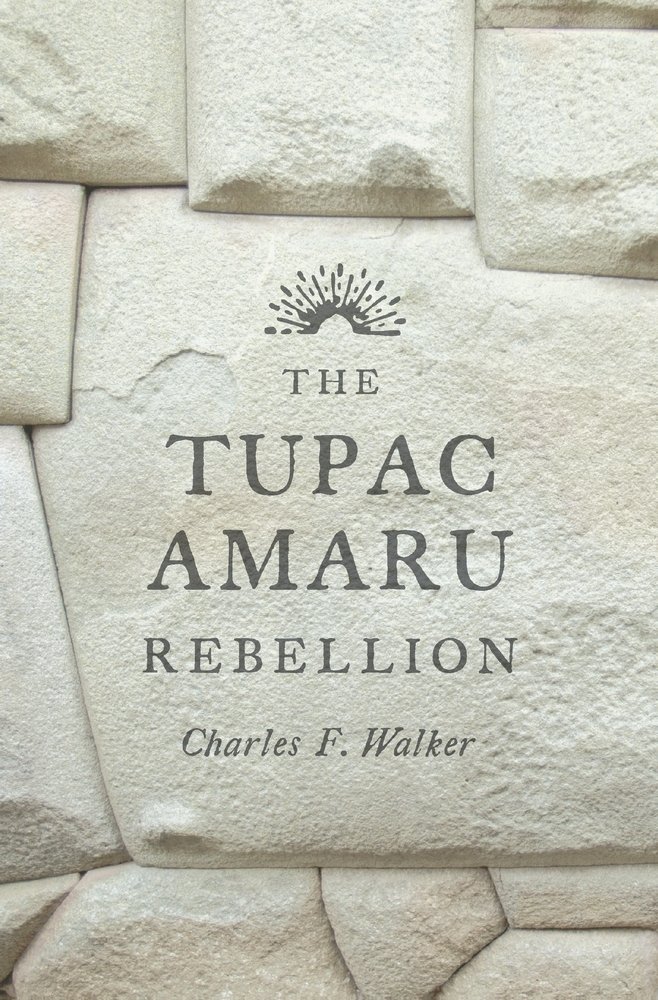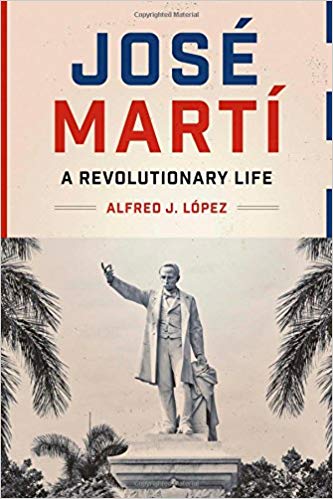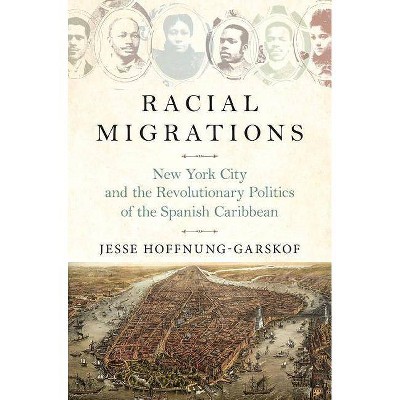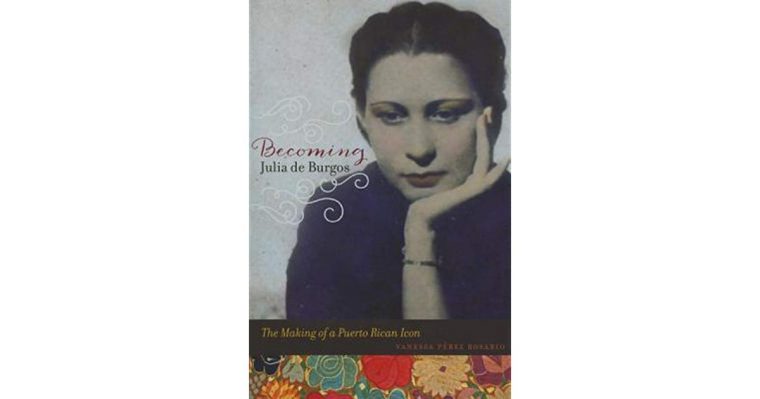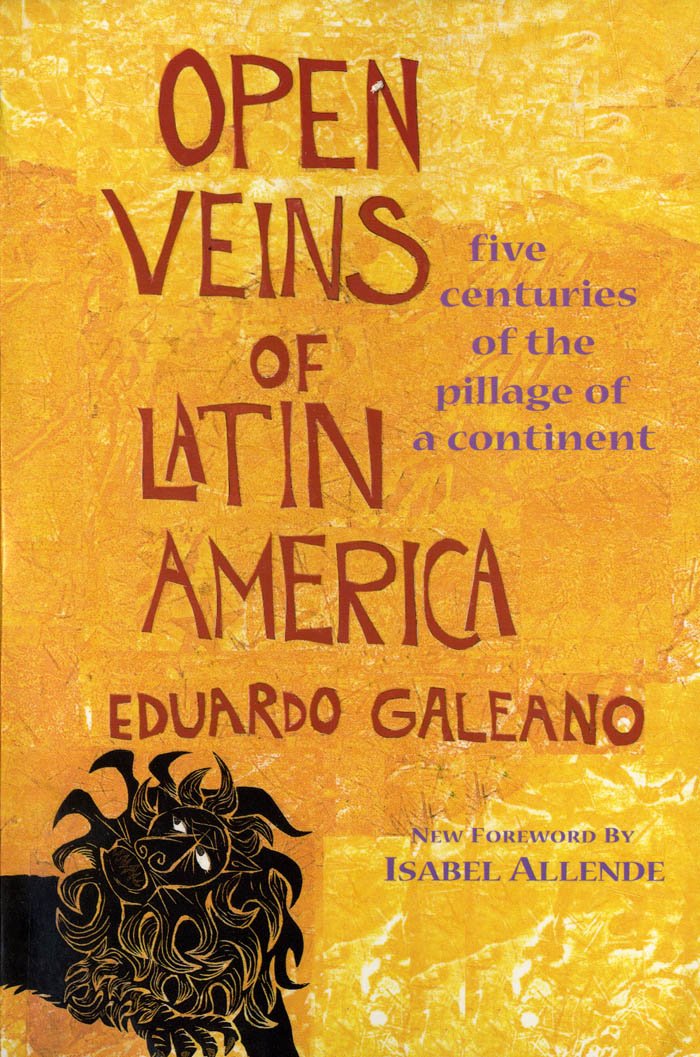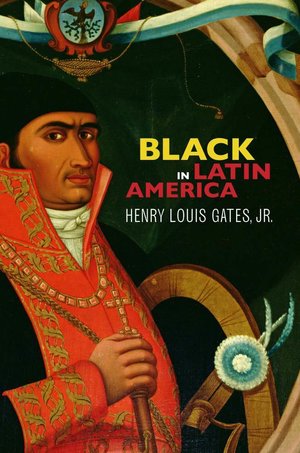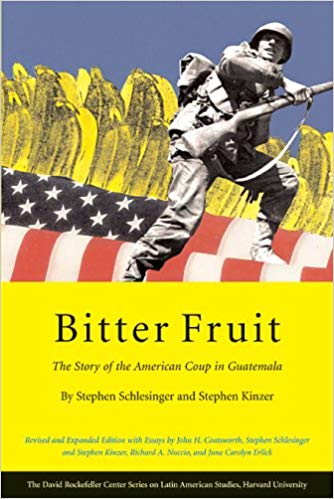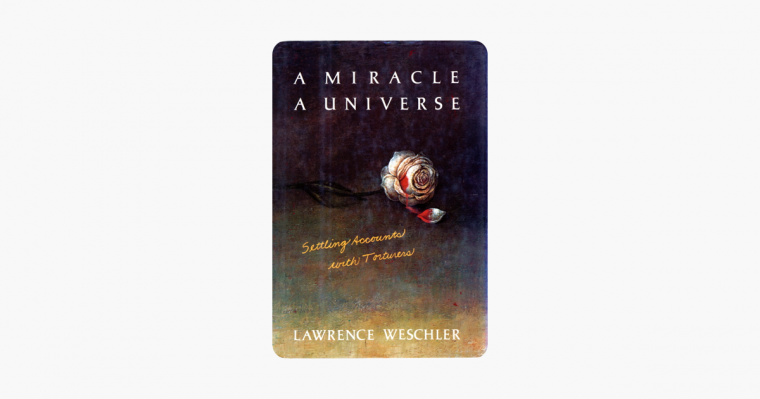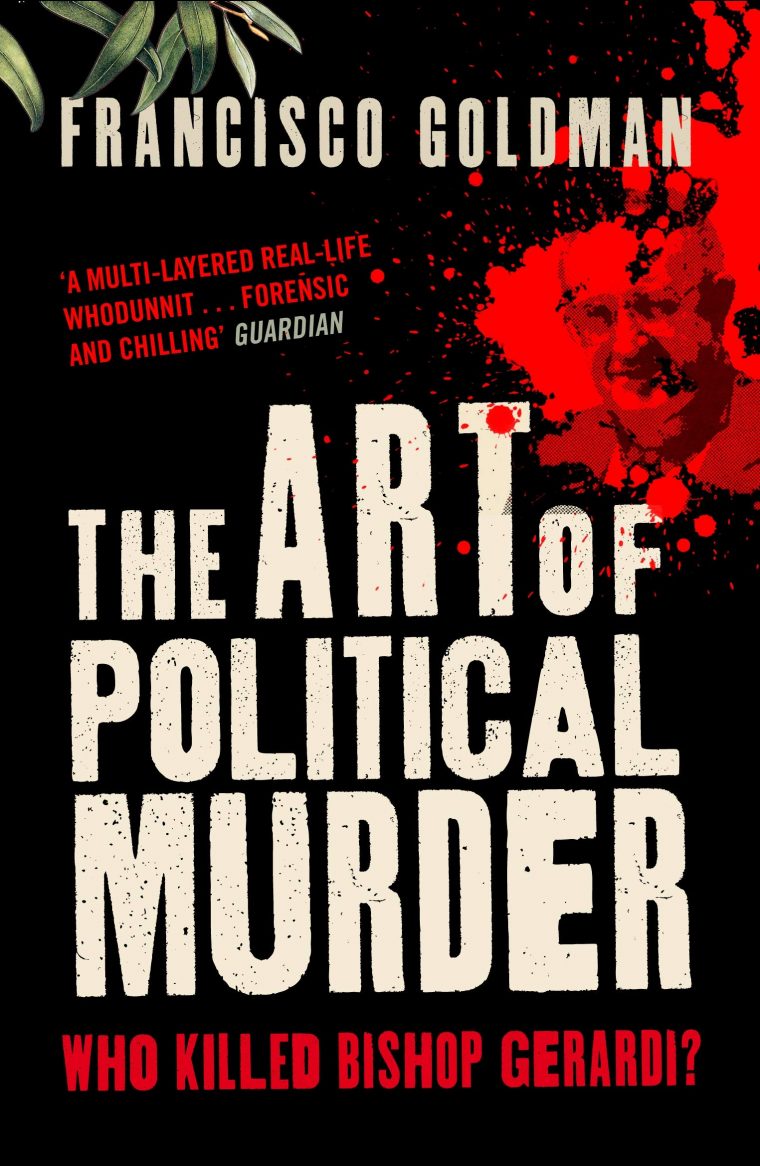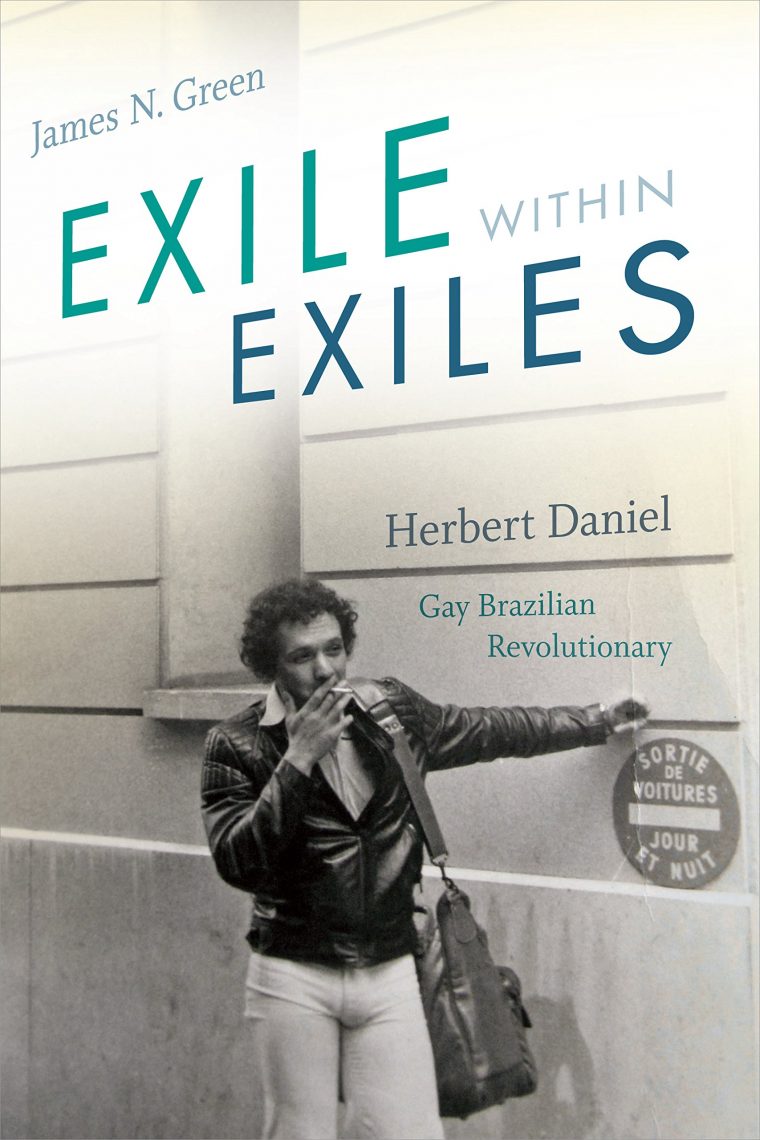1
The Conquest of the New Spain by Bernal Diaz del Castillo

Bernal Diaz del Castillo’s book is less history than primary text – as a member of Cortes’s army, his account is one of the few first-person narratives that span everything from Cortes’s arrival in Mexico to the Spanish overthrow of the Aztec empire. Part history and part myth-building around Cortes and himself, del Castillo provides a long but powerful account that often glosses over a lot of the atrocities committed by the Spanish. A bonus for this one is that you can find an online version for free on Project Gutenberg in either English or the original Spanish.





